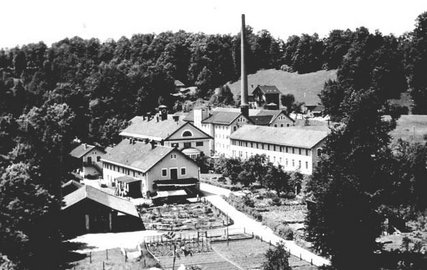

50 Years of Louisenthal
May 04, 2014 – “By continuously investing in improving the expertise of our employees and in state-of-the art technology and systems, we have managed to consolidate and maintain our position as a technology and innovation leader over the decades,” explains Dr. Wolfram Seidemann, Head of the Paper division and Chairman of the Management Board at Louisenthal. “We have invested around 300 million euros in the modernization and expansion of paper and foil production at both of our locations over the past ten years.”
Seidemann considers this investment part of its long-term commitment to employment in both regions: “When G&D took over Louisenthal in 1964, the company employed around 170 people. Today we have around 1,000 employees, 300 of whom are employed at our Königstein plant near Dresden and 700 of whom work here in Mangfall. This makes Louisenthal one of the largest employers and training providers in both regions.”

The early days and development
Louisenthal had existed as a paper mill since 1878 when it was taken over by G&D on May 5, 1964. Around 18 months later, in the autumn of 1965, the company began operating new cylinder mold paper machines to produce banknote paper with watermarks. To produce the watermark, one of the most important security features of banknote paper, Louisenthal developed a completely new process. For paper production, too, a new technology was deployed: For the first time, noils were used – short cotton fibers that were not suitable for producing high-quality yarns and therefore could not be used in textile production. On September 12, 1966, Louisenthal submitted the first sample sheets with watermarks to the German Bundesbank. Louisenthal began industrial production of banknote and security paper in 1967. In 1968, G&D was tasked with developing and producing checks and cards. Louisenthal took over the production of security paper for the eurocheque in 1973.
Boost in demand following reunification
In 1967, Louisenthal became the sole supplier of German banknote paper. With the reunification of the German states in 1990, demand for paper increased dramatically. For the first time ever, the third-generation German Mark was produced with the well-known window thread. In 1991, Louisenthal purchased a second paper mill in Königstein, developing it into a modern, international and highly successful production site. In 2009, Königstein began operating the world’s most state-of-the-art banknote paper machine, the paper machine (PM) 4. This increased total capacity to around 20,000 tonnes, equivalent to substrate for around 20 billion banknotes.
Expansion into foils
In 1999, Louisenthal began investing in foil production and commissioned its foil plant in 2003. 2005 saw Louisenthal produce the Bulgarian 20 Lev note, the first to incorporate the varifeye® see-through window. Expansion of foil production continued until 2013, concluding eleven years of enlargement that saw capacity almost tripled to 20 million square meters a year. Louisenthal is now one of the world’s technology leaders in foil-based security elements.
Security features
The ever-improving quality of counterfeit notes has led G&D and Louisenthal to develop more sophisticated safety features for printing and paper: In 2008, Louisenthal presented the newest optically variable effects on the sample banknote the “Yvonne 2008.” In 2009, Louisenthal presented the new sample note, the Hybrid™, a clever combination of a cotton fiber core with a protective polyester film on both sides. In its core this material is as secure as a paper banknote while on the outside it is as robust as polymer film. This combination helped to treble the circulation life of more popular notes, typically those of lower value, in banknote series around the world. In 2010, Louisenthal developed the “banknote window” varifeye Magic®, which went on to be awarded the industry prize “Best New Currency Feature.” Louisenthal won the award again in 2014 with the “RollingStar” security thread. The RollingStar is a security window thread with optical color and movement effect that has been used in new counterfeit-proof banknote series.
Duchess Ludovika (Louise) of Bavaria
The history of the Louisenthal production facility stretches back to the early 19th century. In 1818, an engineering works was established on the site of the current Louisenthal paper mill, which initially housed a clock-making company, followed by a hammer mill and, from 1863, a cotton-spinning mill. In 1865, King Maximilian II of Bavaria gave his permission for the then owner, a man called Schultes, to name the factory and the picturesque valley surrounding it “Louisenthal” (i.e. “Louise Valley”) in memory of Duchess Ludovika (Louise).

Further Reading
History Louisenthal
Our production facility located in Louisenthal, near Munich, has a stellar track record of innovation and quality throughout its long history.